The day Doctor Who changed face and transformed TV for ever
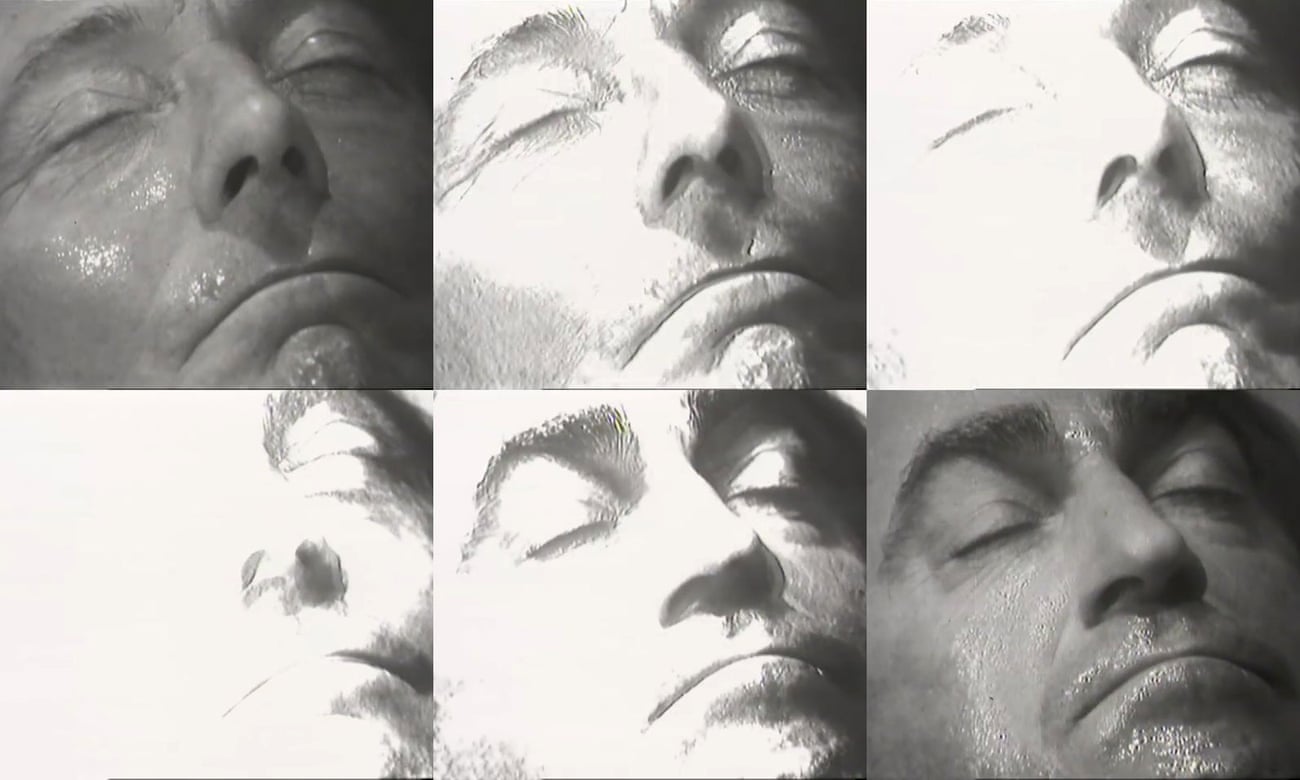
Fifty years ago tomorrow, at 6:13pm, a unique moment in television history took place. A camera closed in on the face of an actor lying motionless on the floor. The image blurred, faded to white, then came back into focus, revealing that for the very first time, Doctor Who had changed his face.
It was the stroke of genius that saved the series from being a three or four season wonder, and instead ensured it would go on to become one of the UK’s most iconic pieces of popular culture.
Switching the lead from William Hartnell to Patrick Troughton was an audacious move, brought about because of falling ratings, plus Hartnell’s ill-health and attitude.
And whereas the announcement of a new Doctor in the 21st-century merits a live TV unveiling with accompanying liveblog, in 1966 the Manchester Guardian noted that the childrens’ television show was changing its lead in the same news-in-brief column that announced who had won Miss Blackpool.
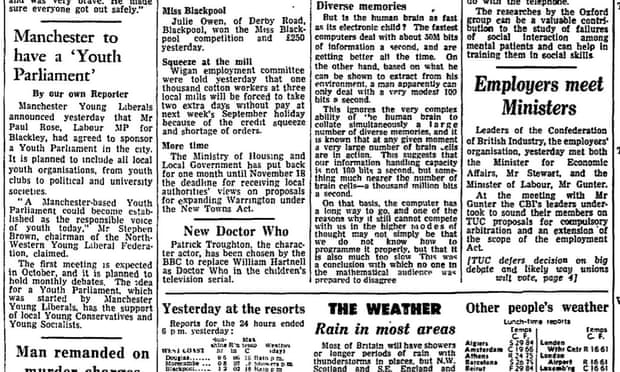
Troughton arguably had the hardest job of any actor in the role – namely to convince the public he was the same person they had been following since 1963. In his first episode, the brief dialogue trying to explain what had happened was aimed as much at the audience as at his companions, Ben and Polly, in the TARDIS.
Interviewed in 1986 for Fantasy Empire by John Peel, Troughton said: “I didn’t think it was a particularly good idea of the BBC to replace Billy. I thought it was pretty silly, really. I thought that the difficulties of selling it to the audience were enormous … almost insurmountable. However, in the end, I was persuaded over a week of negotiations, and I thought, ‘What the heck, let’s do this for a while and see what happens’.”
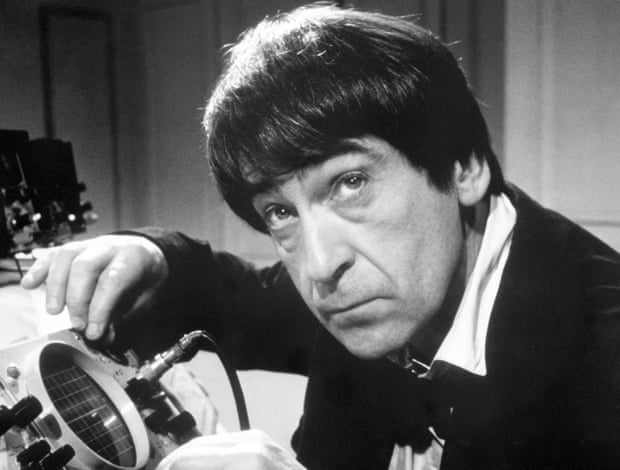
Troughton’s first story as the Doctor – The Power of the Daleks – is lost, but will soon be issued by the BBC in animated format. He went on to play the Doctor until 1969, then reprise the role during the 80s in The Five Doctors alongside Jon Pertwee and Peter Davison, and The Two Doctors with Colin Baker.
When Hartnell turned into Troughton, the show had very little back-story. Doctor Who was not even yet a Time Lord from the planet Gallifrey; his origins were still a mystery. Even when Hartnell was shown facing one of his own people for the first time (the Meddling Monk), details of their home world were entirely absent. One can only imagine how surprising the reveal was in 1965 that somebody else even had a TARDIS.
We now exist in an era where Spider-Man can be effectively rebooted three times at the movies in the space of 15 years, but when Doctor Who did this, it was very much uncharted territory. Up to this point, most changes of actor had either been simply ignored on-screen, or been done by hastily bringing in new characters to cover for an absence.
And few other series have made such a radical recasting of the lead an intrinsic part of its formula.
Take Star Trek, a similarly long-running fantasy franchise. After its original run, both the 70s animated series and the initial batch of motion pictures relied on the same actors and characters. It wasn’t until over 20 years after the first episode aired that they dared replace William Shatner with a new captain of the Enterprise.
No such luck for Hartnell, who got three years as Doctor Who – and remains the only actor to take the role who didn’t realise that he would one day be replaced.
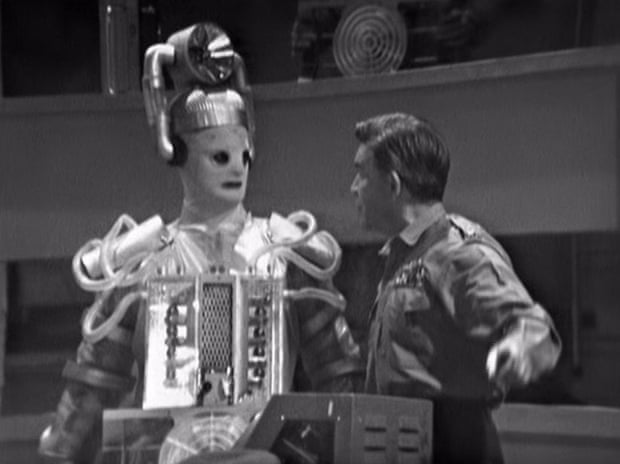
As well as “the renewal” (the term regeneration was not used at the time) Hartnell’s final story also introduced another enduring part of the Doctor Who universe: the Cybermen. The creatures depicted in The Tenth Planet are more obviously human than later designs (and DVD remastering shows how much the monsters from Mondas relied on Sellotape to stop them from falling apart).
Still, the costume designs are chilling. The stretched cloth across the face, and the hollow eyes, give a clearer indication of surgically-enhanced humans than the later faceplates. But this was actually a cost-cutting exercise: their faces were hidden so the same handful of extras could play different groups of the space invaders across all of the episodes.
Hartnell was too ill to shoot part three of the story, the week before he was due to leave the show – so it was hastily rewritten to install an incapacitated body double in a bunk bed.
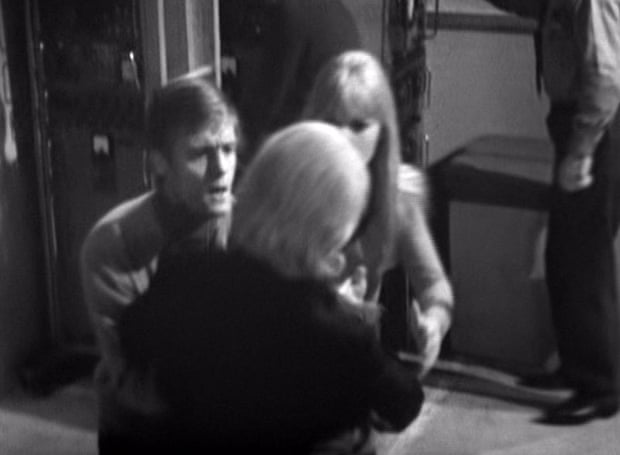
And, since the last episode is missing from the BBC’s archives, there are only fleeting glimpses of his Doctor’s end. It’s hard to judge whether his erratic performance in those final scenes are as intended by the director, or a product of his health.
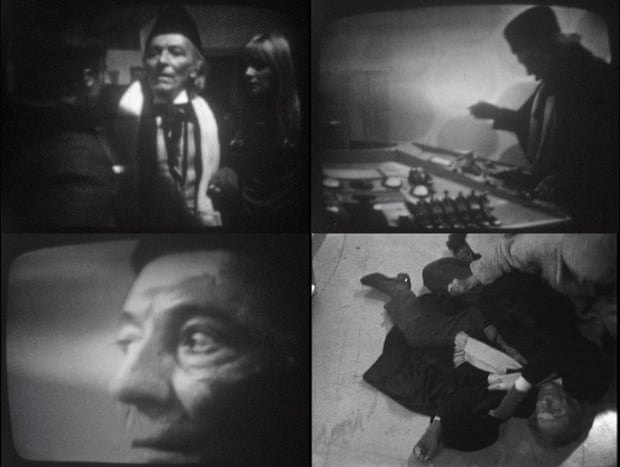
There is a recently discovered clip of him being interviewed while getting ready to do a pantomime performance three months after his departure. Asked whether he would “shake off” being Doctor Who, Hartnell was bullish: “Oh yes. By making a success in something else, why not?”
But it wasn’t to be.
Hartnell’s career essentially ended with that regeneration scene. He featured briefly in early 70s story The Three Doctors, and there’s also a wonderfully bizarre cameo from him, which has turned up on YouTube, in a Cliff Richard musical from the late 60s which retells the parable of the prodigal son. (Hartnell improbably plays a shop owner who is Sir Cliff’s father.)

Hartnell never did shake off playing the Doctor. But, as Doctor Who heads into its sixth decade, it’s clear that the decision to shake him off meant everything.
The essential premise of Doctor Who – a traveller in a blue box who can go anywhere in time and space, putting wrongs to right with the power of intellect rather than force – now falls in the same category as Sherlock Holmes, James Bond, Miss Marple or Robin Hood: characters that we know well, and that have an endless capacity for renewal. People continued to want to tell tales of the Time Lord when the show was largely off-air between 1989 and 2005, whether as comics, novels, audio dramas or webcasts. None of that would have happened without that gamble back in 1966.